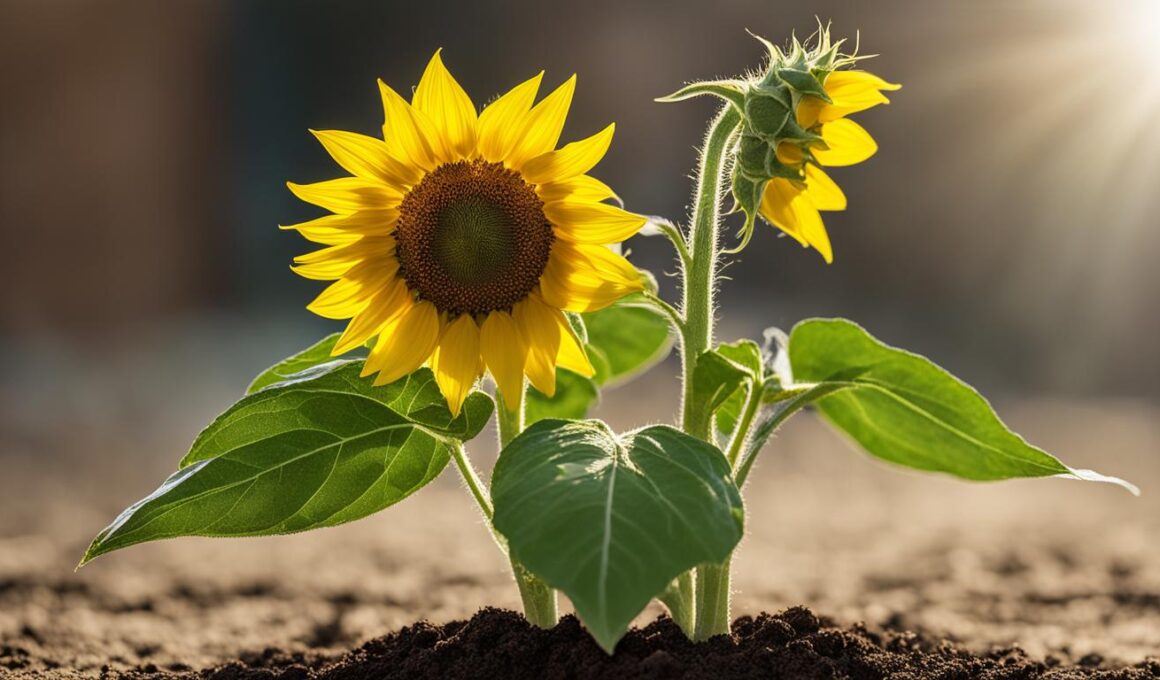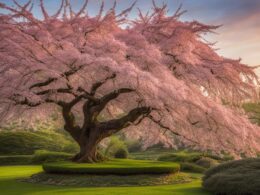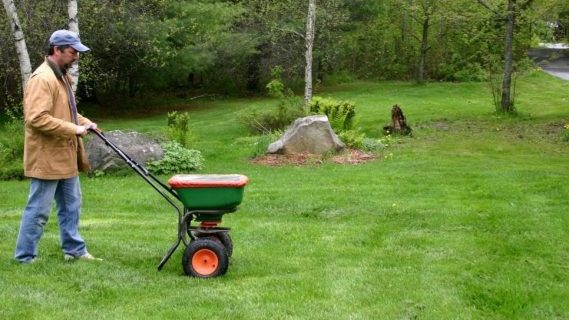Welcome to the captivating world of sunflower growth stages! From the moment a sunflower seed is planted in the soil to the breathtaking bloom, sunflowers go through a series of development phases. Understanding these stages is crucial for farmers, agronomists, scientists, and researchers to accurately assess and describe the growth and development of these magnificent plants.
Sunflowers progress through two main phases: the vegetative phase and the reproductive phase. Within each phase, there are specific milestones and characteristics that mark their growth. The vegetative phase focuses on the emergence of the seedling and the growth of true leaves, while the reproductive phase centers around flower bud formation, blooming, and seed production.
By closely observing and identifying the growth stages of sunflowers, you can make informed decisions regarding cultivation techniques, pesticide use, and the optimal time for harvesting. It is a fascinating journey that showcases the resilience and beauty of nature. So let’s dive into the sunflower life cycle and explore the enchanting stages from seed to bloom!
Germination and Vegetative Phase
The life cycle of a sunflower begins with germination, which occurs approximately three days after the seed is planted in the soil. During germination, the seed splits, allowing the roots to emerge and grow downwards, while a shoot sprouts and reaches towards the sun. The leaves begin to open, and the stem and leaves continue to grow larger and wider.
This early stage is known as the vegetative phase, which encompasses the period from seedling emergence to the development of the first true leaf that is at least 4 cm long. The vegetative phase of sunflowers is important for establishing a strong root system and leaf growth, and it sets the foundation for future flower development.
Reproductive and Blooming Phase
After the vegetative phase, the sunflower enters the reproductive phase. This phase is characterized by the formation of flower buds between the cluster of leaves. The bud initially has a star-like appearance and slowly unfolds as the flower head opens. The reproductive phase can take up to thirty days, during which the sunflower is in full bloom. This is the time when bees and other pollinators play a crucial role in fertilizing the flowers and enabling the production of seeds. As the sunflower blooms, the back of the flower head turns yellow, indicating that the seeds are ripening. The blooming phase typically lasts for about 20 days, providing an opportunity to appreciate the beauty and vibrancy of the sunflower.
- The reproductive phase begins with the formation of flower buds.
- The bud gradually opens up, revealing the colorful petals of the sunflower.
- Bees and other pollinators visit the flowers, transferring pollen for fertilization.
- During the blooming phase, the flower head turns towards the sun, following its movement throughout the day.
- The vibrant yellow color of the sunflower petals attracts attention and serves as a beacon to pollinators.
- The back of the sunflower head turns yellow as the seeds inside ripen.
The blooming phase is a visually stunning and essential period in the life cycle of a sunflower. It not only adds beauty to landscapes and gardens, but it also signifies the successful reproduction and development of new seeds. The vibrant flowers and their nectar-rich centers attract not only bees but also birds and butterflies, creating a lively and dynamic ecosystem. This phase represents the fulfillment of the sunflower’s purpose, as it transitions from a bud to a fully mature flower, ready to produce seeds for the next generation.
How Do Sunflower Growth Stages Compare to Thistle Seed Growth for Birds?
Sunflower growth stages tend to take longer than thistle seed growth, making it a less immediate option for those looking to attract songbirds with thistle seed. However, once fully grown, sunflowers can provide a substantial amount of seeds that are popular among various bird species, including songbirds.
Conclusion
The life cycle of a sunflower is a captivating process that starts with germination and progresses through the vegetative phase, reproductive phase, blooming phase, and seed production. Each stage plays a significant role in the sunflower’s growth and development, from establishing a robust root system and foliage to producing stunning blooms and viable seeds. By understanding and closely observing the various growth stages of sunflowers, you can make informed decisions about planting, caring for, and harvesting these plants, ensuring successful cultivation.
For farmers, gardeners, and enthusiasts who cultivate sunflowers, recognizing the different growth stages is essential. It allows you to implement appropriate planting techniques, provide adequate care, and optimize the timing of harvesting, all of which contribute to the overall health and productivity of sunflowers.
The life cycle of a sunflower represents nature’s resilience and beauty and serves as a source of joy and inspiration to those who appreciate its splendor. By witnessing the journey from seed to bloom, you can immerse yourself in the remarkable process of sunflower growth and experience the rewards of nurturing these remarkable plants.









